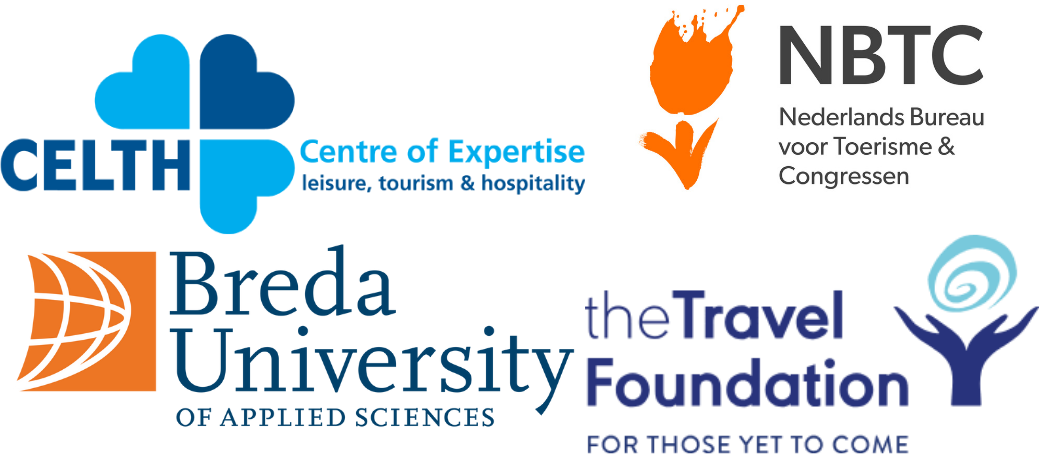Envisioning Tourism in 2030: on target to net zero
This project delivers a critical analysis of the various scenario pathways tourism can pursue to succeed in halving tourism-related emissions (gases or other substances emitted into the atmosphere due to activities in the tourism sector, such as air travel, transportation, accommodations, and other related activities) by 2030. The intended outcome by 2050 is climate neutrality. The implications of these efforts for the sector, climate justice, and equality are of paramount importance.
Reason
The goal is to secure strong commitments to support global goals (halving emissions within the next decade and achieving climate neutrality as soon as possible before 2050). A more ambitious, sector-wide approach is needed to ensure that tourism accelates climate action in a meaningful way.
Problem solution
This study intends to globally support the travel and tourism sector in contributing to the nationally determined goals of the Paris Agreement and implementing the ambitions of the Glasgow Declaration. The study outlines what a decarbonization scenario could look like and identifies essential actions to successfully decarbonize the sector while preserving the social and economic benefits of tourism.
Approach
The study employed both qualitative and quantitative research, combining these elements. The decarbonization pathway was developed using the GTTMdyn model, created by Professor Paul Peeters.
Results
After testing various decarbonization pathways, we have concluded that there is only one scenario that can lead us to the net-zero target by 2050. However, we will not achieve the set goal for 2030. The scenario is viable and enables the travel and tourism sector to grow while simultaneously achieving the net-zero target. To accomplish this, we need to rethink the global travel and tourism system.
This research project ran from June 2022 till December 2022







